The Côte d’Azur: Living Up to Its Glorified Reputation
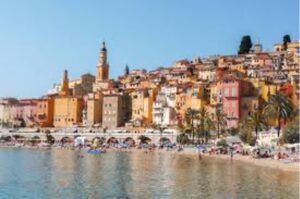
From the moment we arrived in Nice, I was seduced by the natural beauty of the coast, with its rugged cliffs and hidden coves, sweeping bays and pebbled beaches, framed by palms, parasol pines, and citrus trees – it’s like the best of the coast of California.
But the color of the sea here is not steel gray like it is in California. It’s a color field of blue bands – azure and aquamarine for about a hundred yards and then turquoise for another hundred and then purple all the way to the horizon.
The cities and towns are exactly like you would want them to be – Belle Époque apartments and public buildings with pastel-colored Haussmann-designed facades, ornamental casements and plaster moldings, wrought-iron balconies, and stately half-shuttered windows.
And then there is the promenade running along the coast, trimmed with shops and cafés and food markets and intersected by small streets that run up and down the hills and sometimes meander into lovely dead ends.
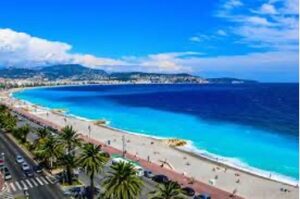
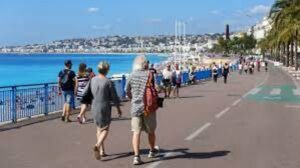
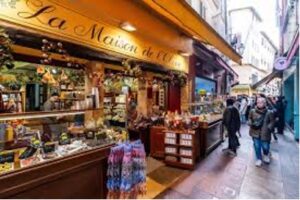

The old town (Vieux Nice) is a maze of narrow, winding rues that suddenly open into formal gardens or stately plazas adorned with fountains and statues. Up the hill, the Castle Park (Colline du Château) provides a postcard-perfect view of the city and sea that this morning seemed hand-painted.
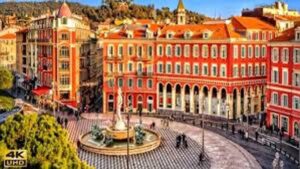
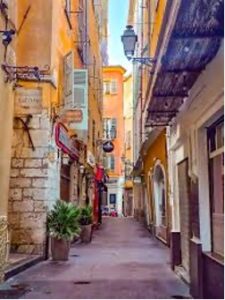
And then, like Paris, there are the parks and gardens.
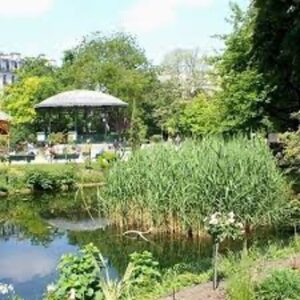
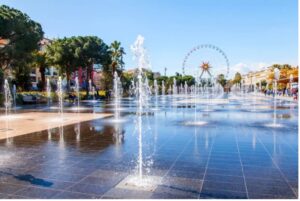
But there’s more than just the landscapes and the colors and the architecture that makes Nice (and much of the Côte d’Azur) so special. Thanks to centuries of shifting borders, dynastic marriages, and strategic alliances, it’s a living mosaic of French and Italian heritage.
In fact, if you visit one of the city’s old cemeteries, as I did, you’ll see an equal assortment of French and Italian names on the gravestones.
Originally founded by the Greeks and later ruled by the Romans, Nice spent much of its modern history under the House of Savoy, an Italian dynasty, until it was officially ceded to France in 1860.
This dual heritage is still evident throughout the city. You’ll find French boulangeries next to trattoria-style pasta shops, baroque churches with Italian flair nestled among the Belle Époque buildings, and locals switching easily between French and Italian.
The old town, with its ochre facades, narrow winding alleys, and vibrant markets, feels distinctly Italian, while the wide boulevards and 19th-century architecture are remnants of France’s imprint.
Nice isn’t quite French, and it’s not exactly Italian. It’s something better. A sun-drenched marriage of both.
No wonder it’s been a muse to so many. (See “Worth Quoting,” below.)
